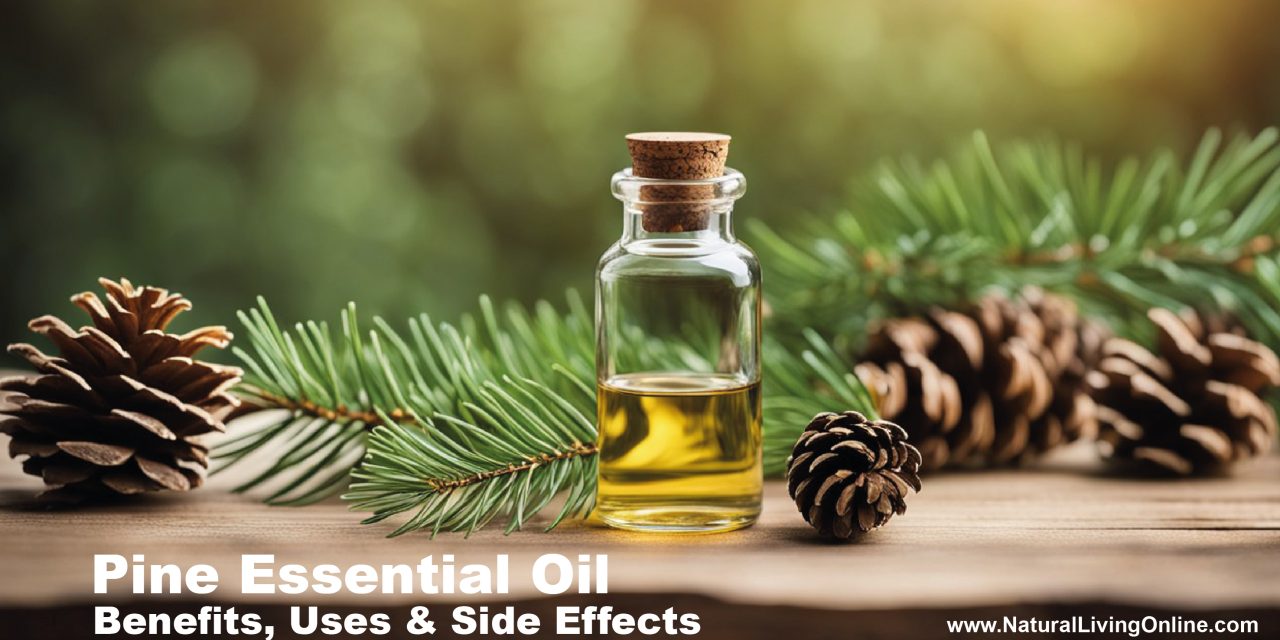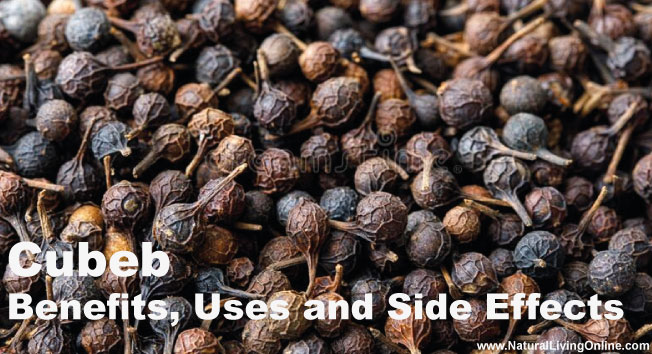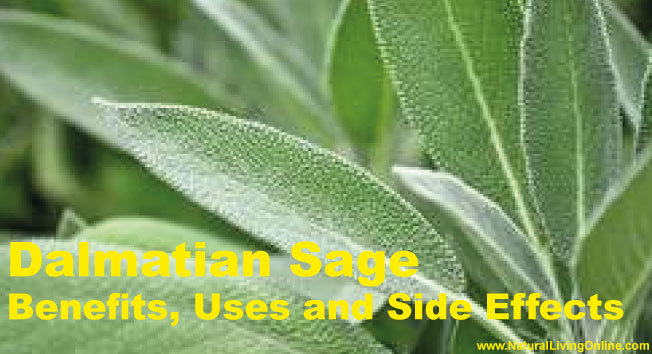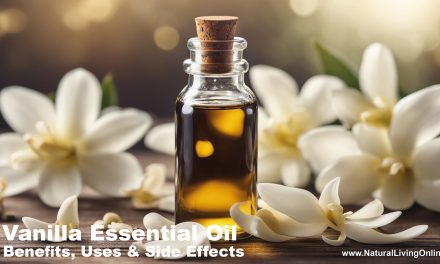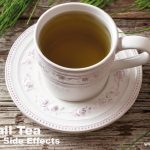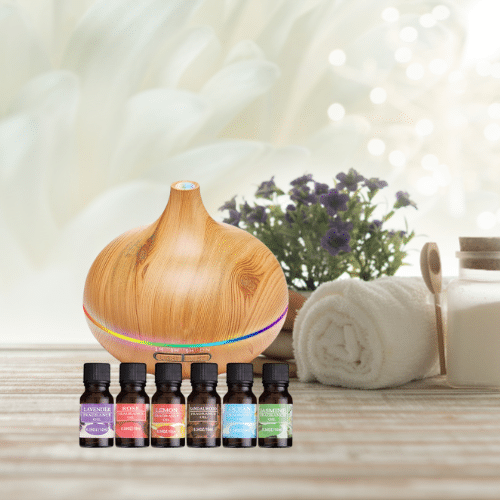Pine essential oil is a concentrated botanical extract that harnesses the essence of pine tree varieties, often prized for its refreshing aroma reminiscent of the crisp, clean air of a forest. Distilled mainly from the needles, twigs, and cones of diverse species of pine trees, this essential oil is heralded for its wide range of uses and benefits. From traditional therapeutic applications to modern-day aromatherapy and household cleaning solutions, pine essential oil offers a natural and potent option for those seeking holistic wellness alternatives and a touch of nature’s invigorating scent.
Although pine essential oil generally presents a low toxicity profile, it is important for users to be aware of the proper safety protocols and potential side effects to ensure responsible and beneficial use. The integration of pine essential oil with other essential oils is common in aromatherapy, creating synergistic blends that can enhance its effects. Whether used for its therapeutic properties or simply for its fresh, woody aroma, pine essential oil is a versatile addition to anyone’s natural health toolkit.
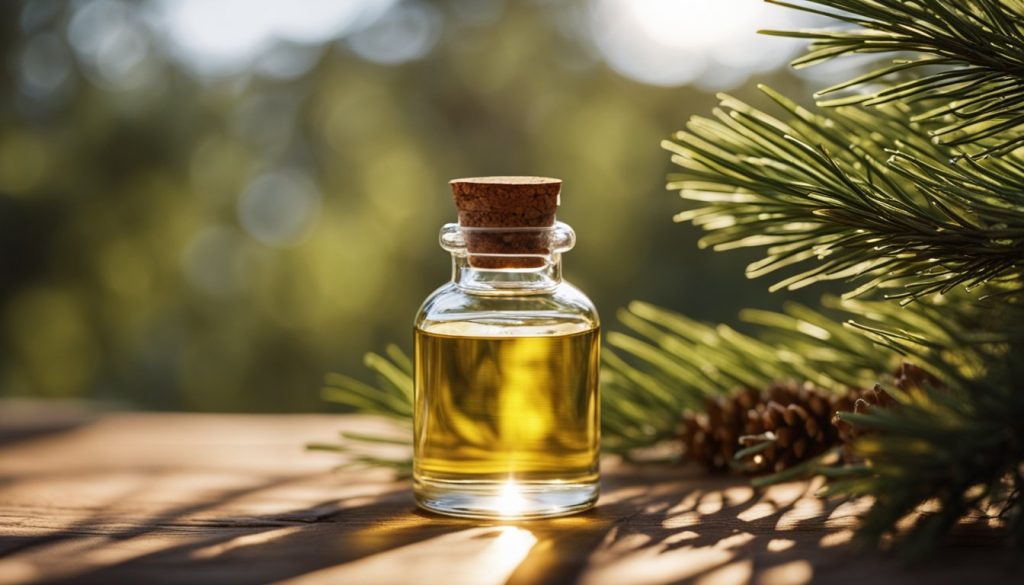
Key Takeaways
- Pine essential oil is derived from various parts of pine trees and valued for its aromatic and therapeutic properties.
- It enriches household freshness and contributes to wellness when used appropriately, considering safety precautions.
- Blending with other essential oils can maximize the benefits of pine essential oil in various applications.
Types of Pine Essential Oil
Pine essential oil, derived from various species of pine trees, offers a range of aromatic profiles and therapeutic properties. These oils are commonly used in aromatherapy and offer unique benefits depending on their type.
Pinus sylvestris
Pinus sylvestris, also known as Scots Pine, is one of the most widespread pine oils. It is known for its crisp, forest-like scent and is often used for its purifying and refreshing qualities. This type of pine oil is commonly used to support respiratory health.
Cedarwood
Cedarwood essential oil, while not a true pine oil, shares a similar woody scent and is extracted from cedar trees. Cedarwood is often included in discussions about pine oils due to its grounding aroma, and it blends well with oils from the pine family, like juniper, promoting relaxation and calmness.
Scotch Pine
Scotch Pine essential oil is another term for Pinus sylvestris. It is valued for its cleansing properties and is used in a variety of household cleaning products. Its invigorating scent is also popular in masculine fragrances and personal care items.
Dwarf Pine Needle
Dwarf Pine Needle oil is extracted from the dwarf pine tree, a variety with needles that provide a balsamic fragrance. This oil type is lauded for its soothing effects on sore muscles and joints and has a more intense aroma than some other pine oils.
Extraction and Composition
The purity and quality of pine essential oil are paramount, which are greatly influenced by the extraction technique and the oil’s chemical constituents. The two key facets of essential oil production from pine – the steam distillation process and the complex chemical makeup of the oil – are instrumental in determining its applications and therapeutic properties.
Steam distillation is the most common method used to extract pine essential oil. In this technique, steam is introduced into a distillation chamber that contains pine raw materials, such as twigs, cones, and bark. The steam helps to release the volatile compounds from the plant materials. As the steam rises, it carries the oil to a condenser where the steam cools and condenses into water and oil. The pine essential oil is then separated from the water, typically due to differences in density.
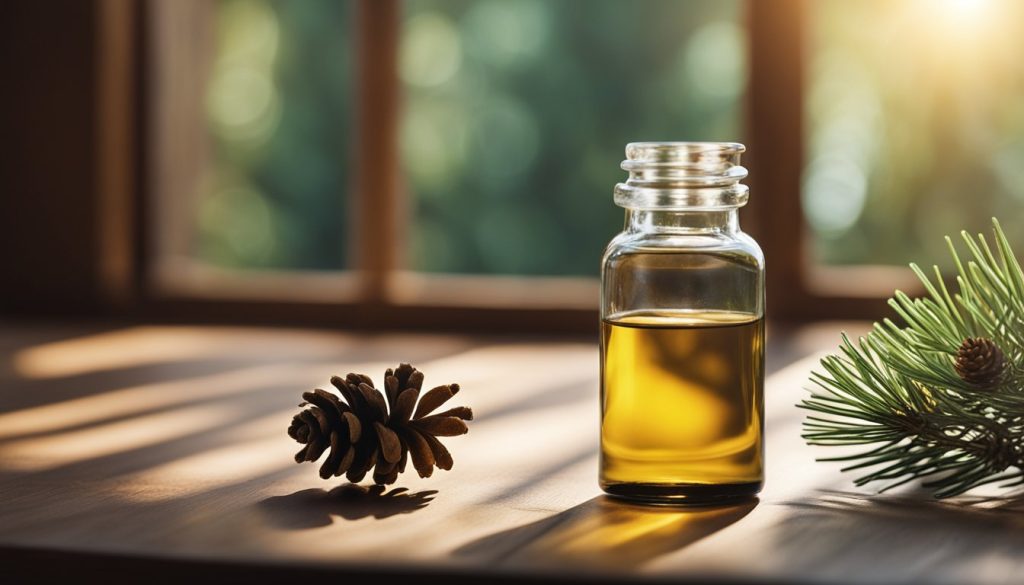
Essential Oil Profile
Botanical Name: Pinus spp. (There are several species of pine trees that yield essential oil, including Pinus sylvestris, Pinus nigra, and Pinus pinaster.)
Common Names: Pine
Plant Family: Pinaceae (Pine family)
Countries of Origin: Pine trees are native to various regions around the world, including North America, Europe, Asia, and parts of Africa.
Extraction Method: Pine essential oil is typically extracted through steam distillation of the needles and twigs.
Parts Used: Needles and twigs
Essential Oil Smell: Pine essential oil has a fresh, crisp, and invigorating aroma with woody, resinous, and slightly citrusy undertones. It is reminiscent of the scent of pine forests.
Essential Oil Color: Clear to pale yellow.
Viscosity: Thin
Perfumery Note: Middle Note
Strength of Aroma: Medium
Blends Well With
- Citrus oils like lemon and bergamot
- Woody oils such as cedarwood and cypress
- Herbal oils like rosemary and eucalyptus
- Spice oils like cinnamon and clove
Therapeutic Properties
- Antimicrobial
- Antiseptic
- Expectorant
- Decongestant
- Analgesic (pain-relieving)
- Stimulant
Uses
- Respiratory Health: Pine oil is commonly used to alleviate respiratory issues such as congestion, coughs, and bronchitis. It is often added to inhalants, chest rubs, and steam baths.
- Cleaning: Due to its antimicrobial properties, pine oil is used in natural household cleaners and disinfectants to clean and sanitize surfaces.
- Aromatherapy: The uplifting and energizing scent of pine oil is used in aromatherapy to promote mental clarity, improve focus, and reduce stress and fatigue.
- Skincare: Pine oil is sometimes used in skincare products for its astringent properties and ability to help balance oily skin and alleviate acne.
Contraindications
- Pine oil is generally safe for topical and aromatic use. However, it should be used in moderation and diluted properly before applying it to the skin, as it may cause irritation in some individuals.
- Pregnant and breastfeeding women should consult with a healthcare professional before using pine oil, especially in concentrated forms.
Side Effects
- In rare cases, pine oil may cause skin irritation or allergic reactions. Perform a patch test before using it topically and discontinue use if any adverse reactions occur.
- Inhalation of concentrated pine oil vapor may cause respiratory irritation or trigger asthma attacks in sensitive individuals.
Types
- There are several species of pine trees that produce essential oils with similar aromatic profiles, including Pinus sylvestris (Scots Pine), Pinus nigra (Black Pine), and Pinus pinaster (Maritime Pine).
Chemical Constituents with Percentages
- The chemical composition of pine essential oil can vary depending on the species of pine and the extraction method used. Some of its main constituents include:
- Alpha-pinene (20-50%)
- Beta-pinene (10-30%)
- Delta-3-carene (5-20%)
- Limonene (5-15%)
- Bornyl acetate (1-10%)
The percentages may vary depending on factors such as the age of the tree, the part of the tree used, and the environmental conditions in which the tree grows.

Therapeutic Benefits and Uses
Pine essential oil is renowned for its array of therapeutic uses, ranging from soothing painful ailments to freshening the atmosphere. It harnesses significant anti-inflammatory properties, making it a valuable ally against various skin and respiratory issues.
Aromatherapy and Air Freshening
Pine essential oil is often incorporated into aromatherapy practices due to its energizing scent which can help enhance mood and provide a feeling of refreshment. It is commonly used in diffusers and as a component in natural air fresheners to neutralize odors and promote a clean, invigorating environment.
Skin Care and Topical Application
When diluted with a carrier oil, pine essential oil can be applied topically to relieve skin conditions such as eczema or psoriasis. It possesses antimicrobial properties that may assist in reducing skin inflammation and soothe discomfort caused by skin irritations.
- Benefits for Skin:
- May reduce symptoms of eczema
- Can soothe psoriasis affected areas
Respiratory Support
Their functionality extends to aiding in respiratory support. Pine essential oil can act as an expectorant, potentially helping to clear congestion and open bronchial passages.
Pain and Inflammation Relief
A noteworthy use of pine essential oil is in the treatment of pain related to inflammation such as that caused by arthritis or joint pain. Its anti-inflammatory effect can contribute to reducing swelling, providing relief from discomfort. In cases of headaches, inhaling the scent of pine oil may also prove beneficial.
- Relief Offered:
- Arthritis and joint pain
- Muscle soreness and headaches
Note: It is essential to consult a healthcare provider before using pine essential oil for therapeutic purposes, especially regarding potential allergies or interactions with medications.
Safety and Precautions
When using pine essential oil, it is paramount to prioritize safety, particularly concerning dilution, allergic reactions, and exposure to vulnerable groups like children and pets.
Proper Dilution
Pine essential oil should never be applied directly to the skin without being diluted in a carrier oil. A common safe practice is to use a dilution rate of 1-3%, which translates to about 1-3 drops of pine essential oil per tablespoon of carrier oil, such as coconut oil or jojoba oil. This helps mitigate the risk of skin irritation.
Allergic Reactions and Patch Test
Individuals may have allergic reactions to pine essential oil. Before full application, a patch test is advised. Apply a small amount of diluted oil to the wrist or elbow, cover it, and wait for 24 hours to observe any adverse reaction. If irritation or redness occurs, discontinue use immediately.
Use Around Children and Pets
Pine essential oil should be used with great precaution around children and pets, as they can be more sensitive to the potential toxic effects. It is generally advised to avoid use around babies and very young children. Pregnant women should consult with a healthcare provider before use. Also, some essential oils can be toxic to pets, so it’s crucial to verify with a veterinarian before diffusing pine oil in their presence.
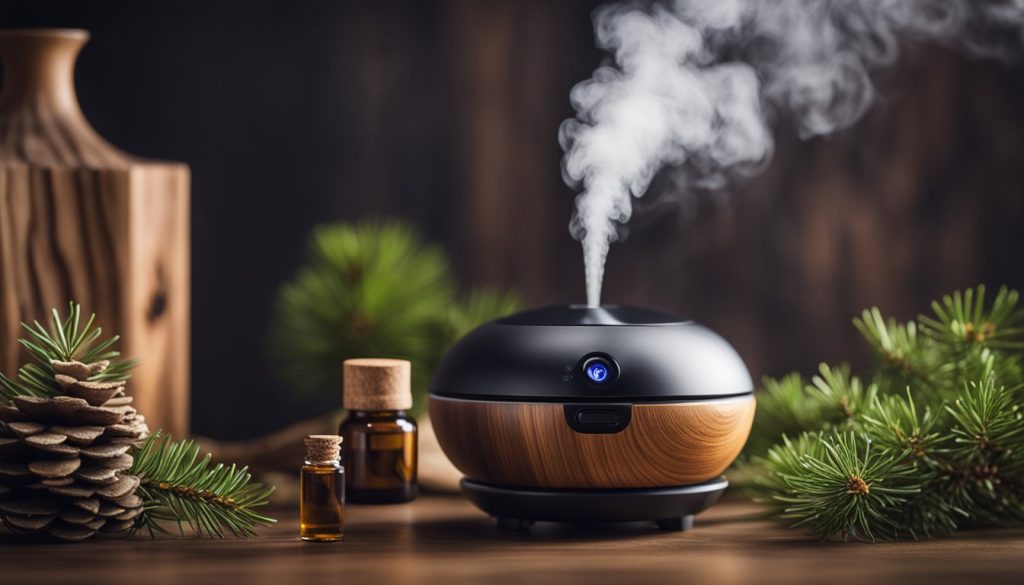
Integrating with Other Essential Oils
Integrating pine essential oil with other essential oils can enhance its efficacy and allow users to benefit from the combined therapeutic properties.
Creating Blends
When incorporating pine essential oil into blends, it pairs well with a variety of oils. A popular blend includes lavender and bergamot for a calming and refreshing aroma. For a stimulating mix, pine essential oil can be combined with rosemary and peppermint, which may help improve alertness and focus. To create a blend aimed at respiratory support, one can mix pine essential oil with eucalyptus and tea tree, both known for their decongestant properties.
- Relaxing Blend: Pine, Lavender, Bergamot
- Focus Blend: Pine, Rosemary, Peppermint
- Respiratory Support Blend: Pine, Eucalyptus, Tea Tree
Synergistic Effects
The concept of synergy in aromatherapy suggests that combining essential oils can lead to enhanced effects compared to using each oil separately. For instance, blending pine with juniper may offer more potent anti-inflammatory benefits, potentially aiding in the relief of muscle aches and pains. Incorporating lemon or grapefruit with pine essential oil can amplify its purifying properties, which might be beneficial for use in natural household cleaners. Additionally, combining pine essential oil with frankincense can create a grounding experience, potentially helping to alleviate stress.
- Anti-inflammatory Synergy: Pine, Juniper
- Purifying Synergy: Pine, Lemon, Grapefruit
- Grounding Synergy: Pine, Frankincense
Understanding the unique properties of each essential oil allows you to create blends that not only offer a pleasing aroma but also targeted therapeutic effects.
Frequently Asked Questions
What are the known benefits of using pine essential oil in aromatherapy?
Pine essential oil is recognized for its invigorating scent and is commonly used in aromatherapy to promote respiratory health, reduce stress, and elevate mood. Its anti-inflammatory properties may also soothe inflammatory skin conditions.
How can pine oil contribute to hair care routines?
Incorporating pine oil into hair care can help to alleviate itchy scalp, reduce dandruff, and possibly strengthen the hair due to its antiseptic properties. Remember to use it in a diluted form to avoid irritation.
Are there any notable side effects associated with the ingestion of pine needle oil capsules?
The ingestion of pine needle oil, including in capsule form, can be dangerous and is generally advised against. Ingestion can lead to serious side effects such as kidney damage, so you must seek proper medical guidance.
What specific uses does pine oil have in agricultural practices?
Pine oil is employed in agriculture as a natural cleaning agent, disinfectant, and pest repellent. Its strong scent and antifungal properties help protect crops from various diseases and pests.
What should you consider when using pine essential oil on the skin?
When applying pine essential oil to the skin, remember to dilute it with a carrier oil to prevent potential reactions. A patch test is recommended to determine skin sensitivity, especially for those with sensitive skin.
What distinguishes pine oil from pine essential oil in terms of composition and uses?
Pine oil typically refers to a chemical solvent extracted from pine trees used in cleaning products. In contrast, people steam-distill pine essential oil and use it primarily for its therapeutic effects in aromatherapy and topical applications.
References:
Essential Oils from Pines: Chemistry and Applications
Effect of pine essential oil and rotating magnetic field on antimicrobial performance
The Cytotoxic and Antimicrobial Properties of Pine Essential Oils
This website does not provide medical advice.
All information provided on this website, and on associated social media networks, including but not limited to texts, images, and numbers are for general information purpose only. It is not intended as medical advice and it does not include all possible precautions, side effects, or interactions that may occur. Neither NaturalLivingOnline.com nor its author/founder take responsibility for how you use this information. Statements contained on NaturalLivingOnline.com have not been evaluated by the FDA. You should conduct thorough research via multiple sources and consult your physician or qualified doctor before using any essential oil or herbal remedy. Information on NaturalLivingOnline.com must not be relied upon for medical, legal, financial or other decisions.

